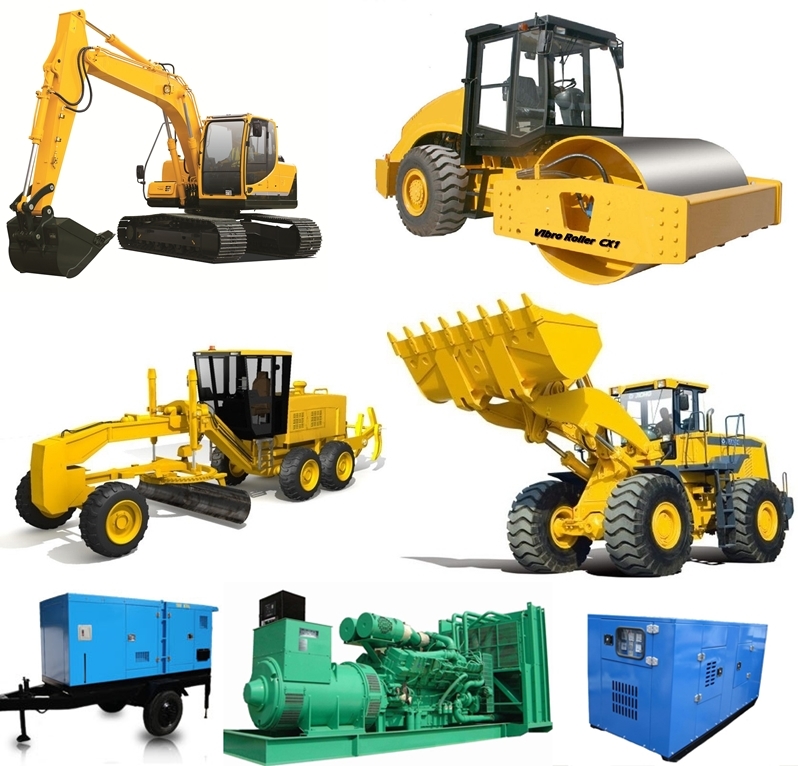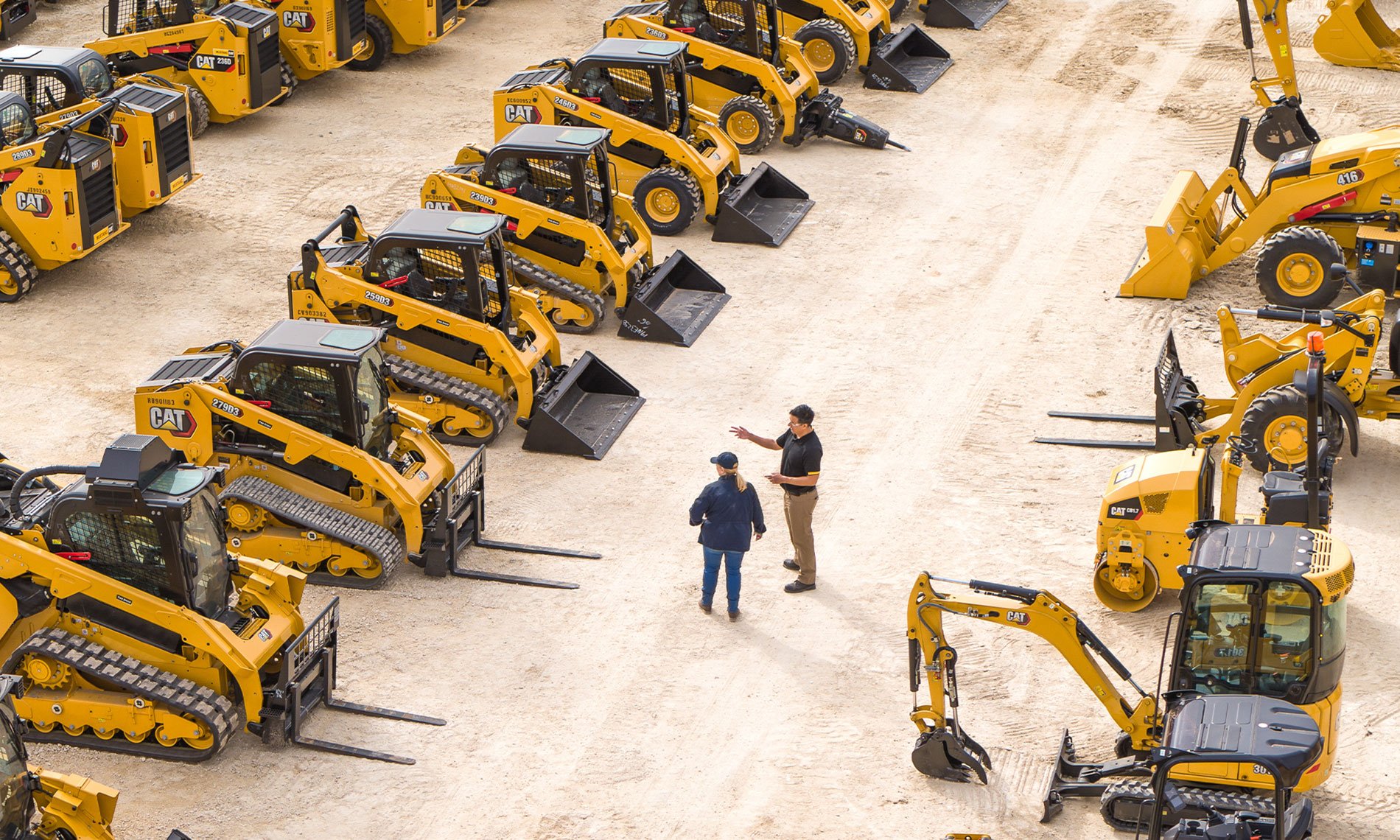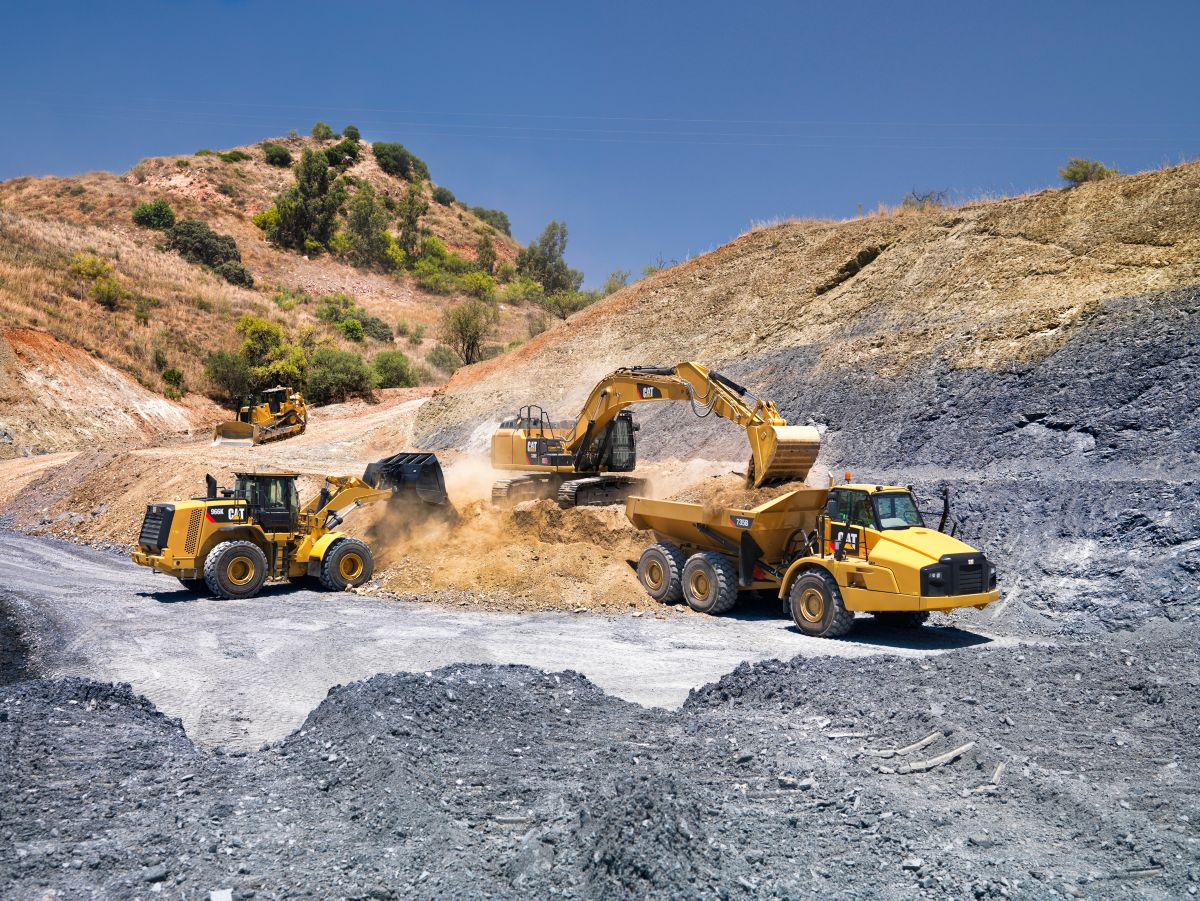Aerial Lift Rental: Versatile Lifting Solutions for High-Access Jobs
Aerial Lift Rental: Versatile Lifting Solutions for High-Access Jobs
Blog Article
Maximize Your Spending Plan by Comprehending the Expenses Connected With Building And Construction Equipment Leasings
Understanding the complete range of expenses connected with construction devices services is vital for optimizing your spending plan. What methods can be utilized to efficiently take care of these costs and ensure a much more effective rental experience?
Introduction of Rental Prices
When thinking about building equipment leasings, recognizing the associated expenses is paramount for efficient budgeting and job planning. Rental prices can vary substantially based upon a number of aspects, including tools kind, duration of rental, and location. The initial rental cost typically mirrors the equipment's market need and its connected functional capacities, influencing the total expense.
In enhancement to the base rental rate, secondary expenses might arise, such as transport costs, gas additional charges, and upkeep costs. It is vital to make up these extra expenses to accurately evaluate the overall cost of renting tools. The rental duration can affect pricing; longer leasings might qualify for discounted rates, while temporary services may incur greater daily charges.

Break Down of Rental Prices
A thorough understanding of rental rates is important for contractors and task managers aiming to maximize their budgets. Rental prices for building tools usually contain several components, consisting of base rates, time-based charges, and usage fees.
Base rates are the core charges associated with the rental of the devices, often established by the type and dimension of the equipment. These prices can differ substantially, affected by factors such as equipment need, schedule, and local market patterns. Time-based charges, which may be daily, weekly, or monthly, serve to fit various job timelines and rental durations.
In addition, rental rates may consist of usage charges, which apply when devices is made use of beyond a defined threshold, making sure that the rental firm can represent deterioration. Seasonal demand fluctuations can likewise influence rental rates, with peak building and construction periods generally regulating higher rates.
Furthermore, understanding the rental company's policies relating to maintenance and insurance policy can give further insight into the total expense framework. By examining these parts, specialists can make informed choices, making certain the option of rental devices aligns with both project needs and spending plan restraints.
Extra Charges to Consider
Comprehending the complexities of added fees is vital for professionals to handle their general rental costs efficiently. Beyond the basic rental rates, different supplemental charges can dramatically influence the complete cost of equipment service. These costs frequently consist of distribution and pickup charges, which can differ based upon distance and logistics associated with carrying the tools to and from the task site.
In addition, some rental business may impose gas surcharges if the tools is returned with less gas than when rented out. It is likewise important to be aware of possible cleansing charges, specifically for customized tools that requires comprehensive upkeep after usage.

Completely evaluating the rental arrangement and clearing up these added costs ahead of time can help service providers ensure and stay clear of unforeseen costs that budgets continue to be intact throughout the project lifecycle.
Repair And Maintenance Expenses
Routine repair and maintenance expenses are usually forgotten variables that can considerably affect the general expense of building and construction tools services. When leasing devices, it is essential to think about not only the rental costs however additionally the prospective costs related to keeping the equipment in ideal operating condition.
Many rental companies include basic upkeep as part of the rental agreement; however, a lot more unanticipated failures or substantial repairs can lead to additional expenditures. It's vital to assess the rental contract carefully to recognize what upkeep solutions are covered and what obligations fall on the occupant.
Moreover, equipment that is not properly maintained can result in inefficiencies on the work website, potentially increasing and triggering delays job expenses. To mitigate these dangers, it is a good idea to perform regular examinations and keep loader forks open communication with the rental company pertaining to any kind of problems that develop throughout usage.
Insurance Coverage and Liability Prices
Insurance and responsibility costs are critical elements that can significantly impact the overall expenditure of building and construction equipment rentals (equipment investigate this site rental company). These costs ensure that both the rental firm and the client are protected from prospective economic losses emerging from mishaps, damage, or burglary throughout the rental period

Additionally, clients should understand any deductibles or exclusions in the insurance plan, as these can affect possible out-of-pocket costs. Comprehending the terms and conditions of any type of insurance policy protection is crucial to prevent unanticipated costs. Ultimately, budgeting for insurance policy and obligation expenses can assist ensure a smoother rental experience and safeguard against monetary risks related to building jobs.
Verdict
In final thought, a comprehensive understanding of the costs associated with construction devices rentals is vital for efficient budget management. Ultimately, informed decision-making relating to devices rentals contributes to the total success of construction undertakings.
Rental prices can differ considerably based on a number of variables, consisting of tools type, duration of leasing, and area (equipment rental company). The rental duration can influence pricing; longer rentals may qualify for affordable rates, while short-term services could incur greater day-to-day fees
By carrying out complete pop over to this site research study and engaging with credible rental companies, specialists can successfully navigate the intricacies of rental pricing, eventually optimizing their financial sources.
Past the common rental prices, different supplemental fees can substantially affect the complete expense of equipment rental. Rental firms commonly offer responsibility insurance coverage that covers injuries to third celebrations or damages to building, while equipment damages insurance can cover the price of repair services or replacement if the rented out tools is harmed.
Report this page